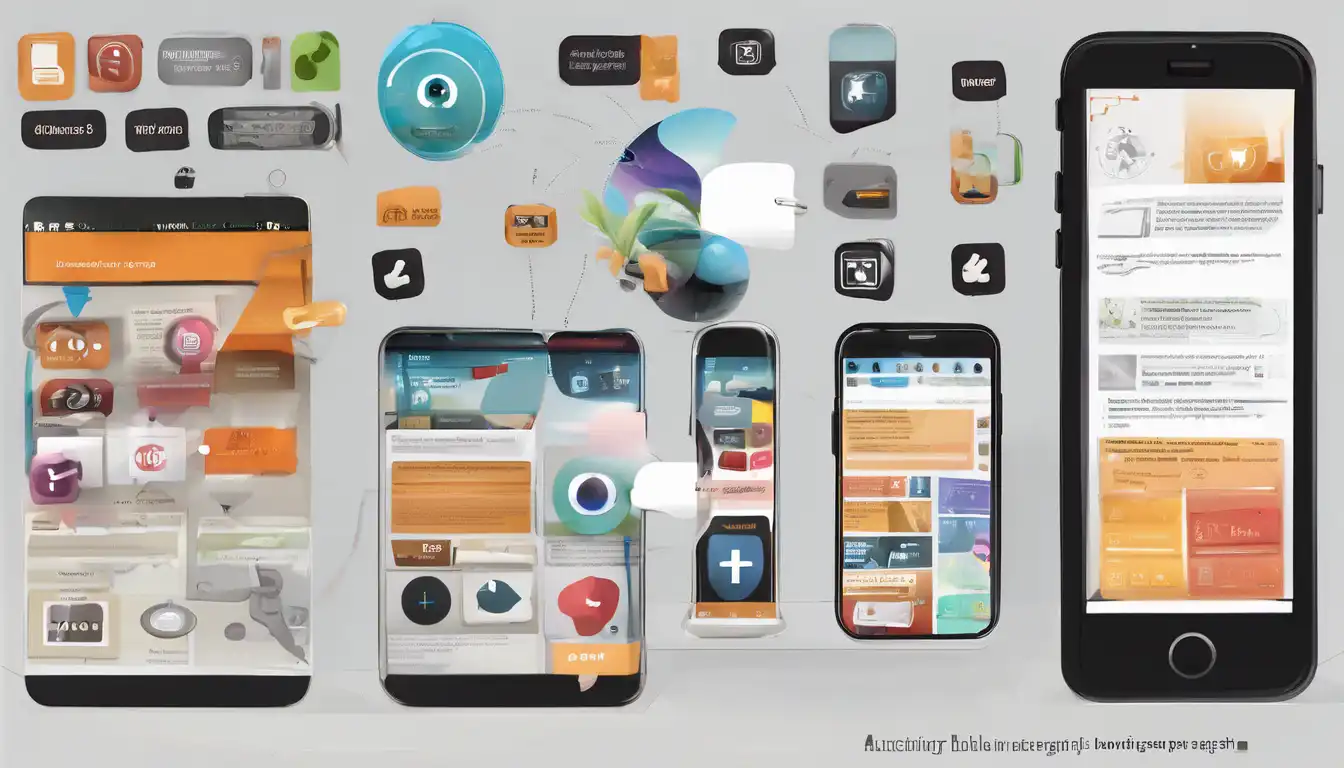Introduction to Engaging Mobile App Development
In today's digital age, creating a mobile app that stands out in the crowded app marketplace is more challenging than ever. With millions of apps available across various platforms, developers must focus on crafting applications that not only meet user needs but also engage and retain users over time. This guide will walk you through the essential steps to create engaging mobile apps that captivate your target audience.
Understanding Your Audience
Before diving into development, it's crucial to understand who your app is for. Conducting market research to identify your target audience's preferences, pain points, and behaviors can significantly influence your app's design and functionality. Tools like surveys and focus groups can provide valuable insights into what your potential users are looking for in an app.
Designing for User Engagement
User interface (UI) and user experience (UX) design play pivotal roles in how engaging your app will be. A clean, intuitive design with easy navigation can make the difference between an app that's frequently used and one that's quickly abandoned. Incorporating interactive elements, such as gestures and animations, can also enhance user engagement.
Optimizing App Performance
No matter how visually appealing your app is, poor performance can drive users away. Ensuring your app loads quickly, runs smoothly, and doesn't consume excessive battery life is essential. Regular testing on various devices and operating systems can help identify and fix performance issues before they affect user experience.
Incorporating Social Features
Adding social features, such as the ability to share achievements or compete with friends, can significantly increase engagement. These features encourage users to spend more time in your app and can also help with organic growth through word-of-mouth marketing.
Leveraging Push Notifications Wisely
Push notifications are a powerful tool for re-engaging users, but they must be used judiciously. Overloading users with notifications can lead to app uninstalls. Personalizing notifications based on user behavior can improve their effectiveness and enhance user engagement.
Continuous Improvement Through Feedback
Listening to user feedback and continuously improving your app is key to long-term success. Implementing a system for collecting and analyzing user feedback can help you identify areas for improvement and new features that could increase engagement.
SEO Optimization for Your App
Optimizing your app's listing in the app store with relevant keywords, a compelling description, and high-quality screenshots can improve its visibility and attract more downloads. For more tips on SEO optimization, check out our guide on SEO tips for app developers.
Conclusion
Creating an engaging mobile app requires a combination of thoughtful design, robust performance, and continuous improvement based on user feedback. By focusing on these key areas, you can develop an app that not only meets but exceeds user expectations, ensuring its success in the competitive app marketplace.
